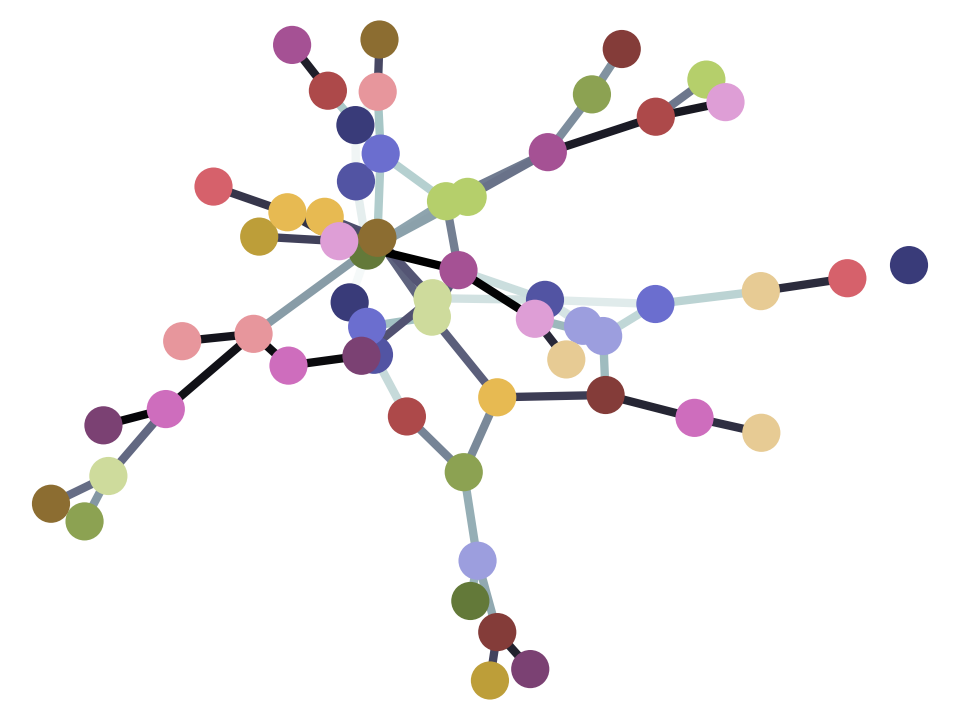Where in 2D#
This follows from where and argmin.
That page covers how np.where and np.argmin work for one-dimensional
arrays.
This page covers what happens for np.where with arrays of two dimensions and
more.
Arrays can have two dimensions#
import numpy as np
So far we have only seen one-dimensional arrays.
A vector is another term for a one-dimensional array.
Here’s a one-dimensional array (vector):
arr_one_d = np.array([2, 99, -1, 4, 99])
arr_one_d
array([ 2, 99, -1, 4, 99])
Notice the shape of the array:
arr_one_d.shape
(5,)
You can also think of this one-dimensional array as a single row.
In fact you can have arrays with more than one row, like this:
arr_two_d = np.array([[1, 2, 3, -2, -3], [10, 11, 12, -3, -13]])
arr_two_d
array([[ 1, 2, 3, -2, -3],
[ 10, 11, 12, -3, -13]])
Notice the shape. This array has 2 rows, each with 5 columns.
arr_two_d.shape
(2, 5)
Remember, we can ask for a single element from a one-dimensional array, using indexing with an integer between square brackets. The integer gives the position (or offset) of the element we want.
arr_one_d[1]
np.int64(99)
With a two-dimensional array, we need to specify the row and column of the element we want:
arr_two_d[1, 4]
np.int64(-13)
The first value between the brackets is the row position, and the second is the column position.
Revision - using where on one-dimensional arrays#
np.where gets the indices of the True values in a Boolean array.
# A Boolean array.
equal_to_99 = arr_one_d == 99
equal_to_99
array([False, True, False, False, True])
# Indices of the True values.
indices = np.where(equal_to_99)
indices
(array([1, 4]),)
We can use the returned indices to index into the array, using square brackets.
arr_one_d[indices]
array([99, 99])
The two-dimensional case#
This also works in two or more dimensions.
np.where now returns two index arrays, one for the rows, and one for the
columns.
indices2d = np.where(arr_two_d == -3)
indices2d
(array([0, 1]), array([4, 3]))
Just as for the one-dimensional case, we can use the returned indices to index into the array, and get the elements.
arr_two_d[indices2d]
array([-3, -3])


